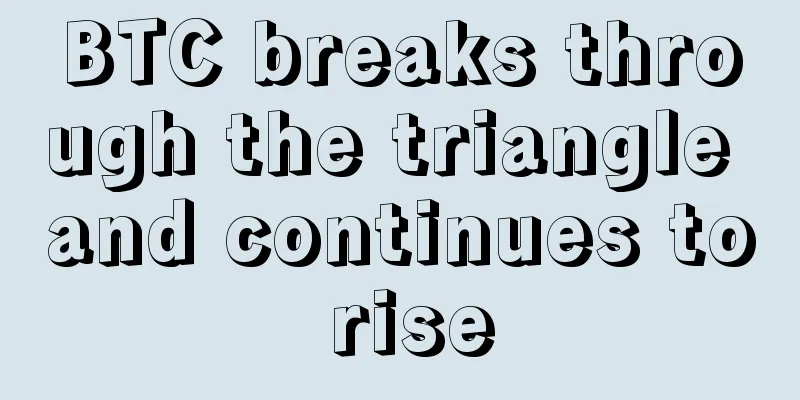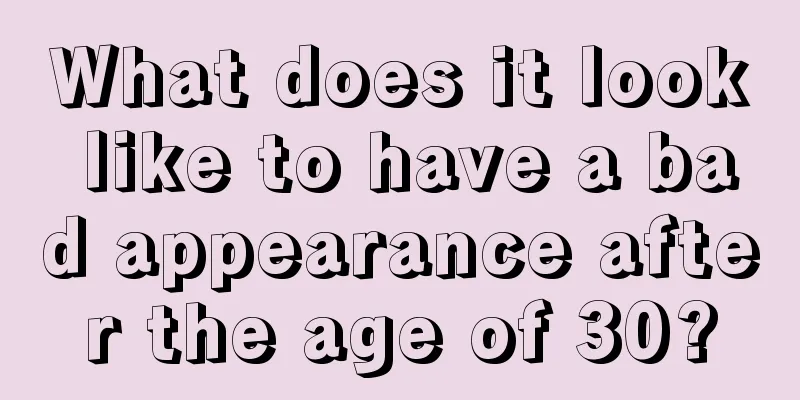Ethereum 2.0 will undergo its first hard fork upgrade

|
Ethereum co-founder Vitalik Buterin on Monday released the first hard fork plan for the new Ethereum 2.0 beacon chain, tentatively named HF1. The hard fork will allow developers to introduce several key upgrades to the recently released beacon chain, and will also serve as a useful test for deeper changes in the future. The biggest practical change is support for light clients, which are nodes that have minimal resource requirements and can run on mobile devices. This will allow "trust-minimized wallets" to verify the blockchain themselves, rather than relying on external service providers. Light client support is introduced via a special-purpose “sync committee” consisting of a group of randomly assigned validating nodes that are used to create special signatures that make it easier to determine the correct version of the chain. Other improvements include fixing the fork choice rules, where developers found several instances where the protocol could be vulnerable to reorg attacks. The issues are subtle and require precise timing, but they could allow malicious actors to exploit the network while controlling a small fraction of validating nodes. Buterin wrote that the flaws were known before launch but discovered too late to be fixed in time. In terms of actual changes, the hard fork aims to completely change how the slashing and inactivity leak mechanisms work. Currently, stakers on ETH2.0 can lose a portion of their capital for being inactive or trying to support a minority fork on the chain, which will be punished by slashing. Inactivity leaks are sometimes seen as a deterrent to staking, as penalties are imposed for force majeure issues such as poor network connectivity or power outages. While the ETH2.0 system is set up to be very forgiving, the team is now further tweaking the mechanism to make life simpler for stakers with unstable connections. The leak mechanism will become quadratic, meaning there is a significant difference between intermittent and continuous inactivity. For example, a staker who loses power for a few minutes at a time for a total of an hour will lose 10 times less than another staker who loses power continuously for an hour. Inactivity leaks will also end gradually rather than immediately, ensuring that offline nodes will continually lose value until the network is well past the necessary safety threshold. While some changes make the system more forgiving of honest mistakes, the team is changing some parameters to introduce harsher financial penalties for bad behavior. It is not clear when the hard fork will be executed, and some details of the proposal still need to be improved and reviewed. In the meantime, Ethereum developers are trying to come up with a naming convention for HF1 and future hard forks. The topics currently proposed include the names of stars, planetary systems, World of Warcraft zones, and months of the year. As a blockchain news and information platform, Cointelegraph Chinese only provides personal opinions of the author, has nothing to do with the position of Cointelegraph Chinese platform, and does not constitute any investment and financial advice. If you need to reprint, please contact the relevant staff of Cointelegraph Chinese. |
<<: Force Research | What is the impact of Filecoin’s non-renewable computing power?
>>: Analysis: Why did Wu Jihan sell the BTC.com mining pool? Who is the buyer 500.com?
Recommend
How to predict diseases through palm lines
We all know that looking at our palm lines can in...
Delaware wants to put company share registration on blockchain
Rage Comment : Delaware wants to determine the le...
First US Cybersecurity Bill Would Hinder Bitcoin Companies
New York Governor Andrew Cuomo and the New York D...
Palmistry Five Elements: Whether Manicure Is Good or Bad
According to traditional Chinese numerology, fing...
What kind of man will be loyal to his wife according to his face? These kinds of men are worth marrying
Women are very worried that they will marry a bad...
Asian market continued to rise but did not break out of the range
Bitcoin prices continued to rise in the Asian ses...
Are men with sharp edges and corners of the mouth popular with the opposite sex?
In fact, if we want to know how a man is popular ...
How to read the broken palm lines? Analysis of the broken palm lines in palmistry
In ancient times, people with a broken palm were ...
Palmistry Marriage Line Diagram (VI): Palmistry Diagram for Husband and Wife Disharmony
Palmistry Marriage Line Diagram (VI): Palmistry D...
What did the Fed say? Two more 50 basis point rate hikes, and the rate hikes may even end in the second half of the year
The minutes of the meeting released on Wednesday,...
Facial features that indicate elegant behavior in daily life
Some people appear to be more casual in real life...
Face reading analysis: seeing health through hair
People's hair falls out in autumn and winter ...
Some test methods about the time of eyelid twitching
Whether eyelid twitching is good or bad can be ju...
What does a mole on the right side of a woman's neck mean? Is it okay to have a mole on the right side of my neck?
Although many people have moles on their bodies, n...
Why is Zhu Lingling so lucky judging from her face?
Why is Zhu Lingling so lucky judging from her fac...









